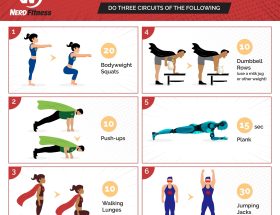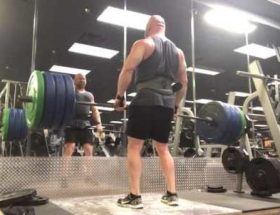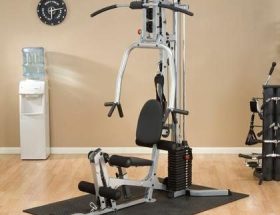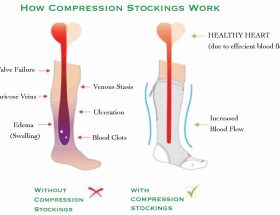Functional fitness has gained significant popularity in recent years as people seek to improve their overall strength and endurance for the demands of everyday life. Unlike traditional bodybuilding or weightlifting exercises, functional fitness workouts focus on movements that mimic daily activities and challenges. This article explores the concept of functional fitness and how it can benefit individuals of all fitness levels.
Understanding Functional Fitness
Functional fitness is a type of training that aims to improve strength, stability, balance, and mobility for real-life movements. It involves exercises and workouts that have a purpose beyond simply building muscle. The primary goal of functional fitness is to enhance one’s ability to perform everyday activities more efficiently and safely.
The Benefits of Functional Fitness
1. Improved Daily Functionality: Functional fitness exercises enhance the body’s ability to perform daily tasks such as lifting, carrying, pushing, and pulling. By training movements that are commonly encountered in real-life situations, individuals become better prepared to handle physical challenges with ease and reduced risk of injury.
2. Enhanced Core Strength: Functional exercises emphasize the engagement of the core muscles, including the abdominals, back, and pelvis. This results in improved stability and coordination, which are vital for maintaining good posture and preventing lower back pain.
3. Increased Balance and Stability: Functional fitness workouts often involve exercises that target balance and stability, such as single-leg standing or lunges. Developing better balance not only decreases the chance of falls and injuries but also enhances athletic performance in various activities.
4. Joint Health and Mobility: Functional fitness exercises engage multiple joints and muscles simultaneously, promoting better joint health over time. By improving overall mobility, individuals experience increased flexibility and a reduced risk of joint-related issues.
Functional Fitness Training Techniques
Functional fitness workouts encompass a wide range of exercises and training techniques. Here are some popular methods:
1. Bodyweight Movements
Bodyweight exercises such as push-ups, squats, and planks are fundamental components of functional fitness training. These movements mimic everyday activities and provide a comprehensive full-body workout without the need for additional equipment.
2. Functional Strength Training
This involves using external resistance, such as dumbbells, kettlebells, or resistance bands, to perform exercises that target specific muscle groups. Functional strength training helps individuals improve their ability to perform tasks requiring strength, such as lifting heavy objects or carrying groceries.
3. High-Intensity Interval Training (HIIT)
HIIT workouts combine short bursts of intense exercises with brief recovery periods. This type of training improves cardiovascular endurance, muscular strength, and overall stamina, preparing individuals for the physical demands of daily life.
4. Multi-Planar Movements
Functional fitness exercises often involve movements in multiple directions, such as lateral lunges or rotational exercises, which challenge the body in different planes of motion. This trains the muscles in a more balanced and functional way, mirroring real-life activities.
Incorporating Functional Fitness into Your Routine
Regardless of your current fitness level, functional fitness can be incorporated into your exercise routine. Here are some tips to get started:
1. Understand Your Goals: Determine the specific activities or tasks that you would like to improve upon, whether it’s carrying heavy grocery bags or participating in outdoor sports. This will help you tailor your functional fitness workouts accordingly.
2. Start Slow: If you are new to functional fitness, start with basic bodyweight exercises and gradually progress to more advanced movements. Focus on maintaining proper form and technique to reduce the risk of injury.
3. Seek Professional Guidance: Consider working with a certified personal trainer who specializes in functional fitness. They can design a safe and effective program tailored to your individual needs and goals.
4. Vary Your Workouts: Keep your functional fitness routine dynamic and engaging by incorporating a variety of exercises and training techniques. This will ensure that your body continues to adapt and improve over time.
Conclusion
Functional fitness provides numerous benefits for individuals of all ages and fitness levels. By incorporating exercises that mimic real-life movements, individuals can enhance their overall strength, balance, stability, and joint health, improving their ability to perform everyday tasks with ease and reducing the risk of injury. Whether you are a beginner or an experienced fitness enthusiast, functional fitness is a valuable addition to any exercise routine.








